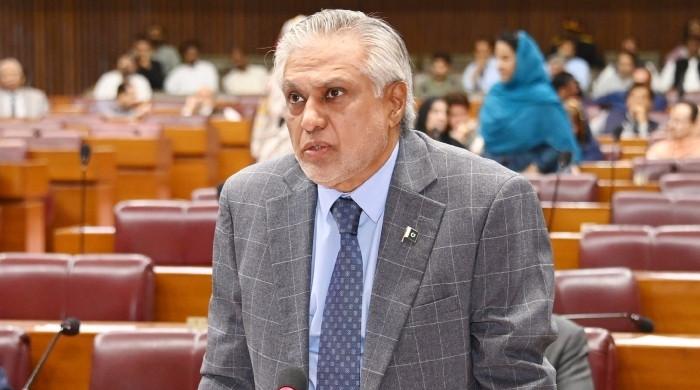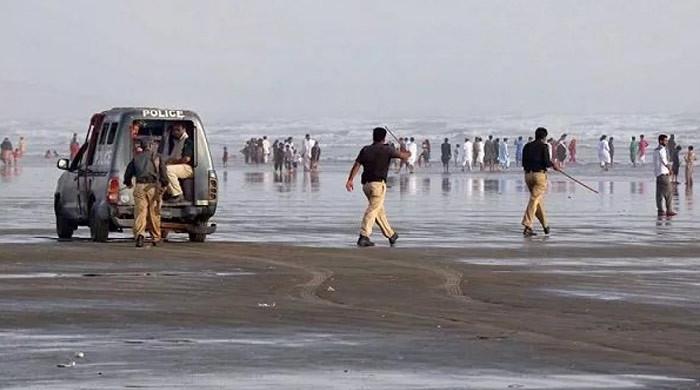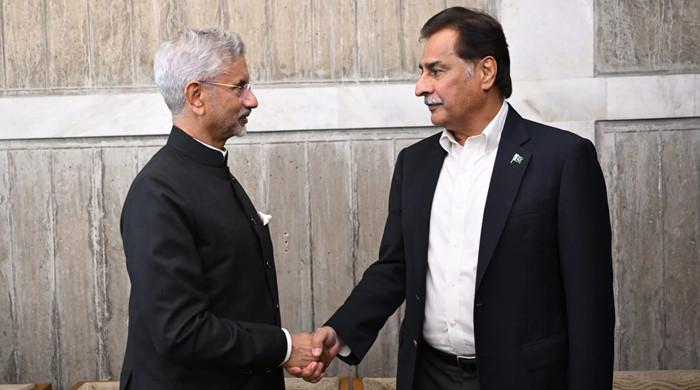Pakistan vows to bring back 'normalcy' after cataclysmic floods kill over 1,200
Government calls on international community to help Pakistan as floods destroy millions of homes, leave thousands displaced
September 03, 2022
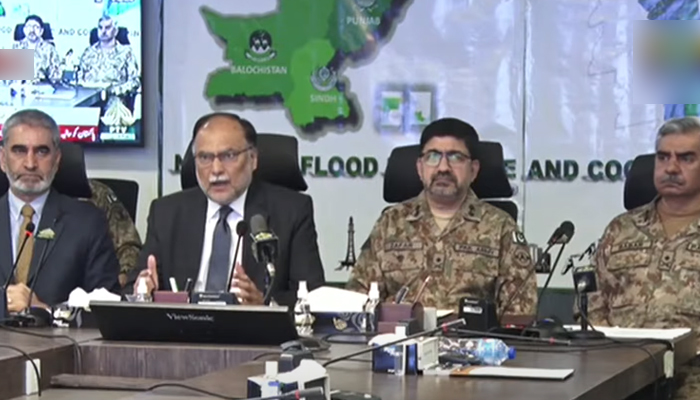
- Government calls on international community to help Pakistan.
- Floods destroy millions of homes, leave thousands displaced.
- NDMA chairman says monsoon pattern changed, causing "unprecedented" rains.
ISLAMABAD: Pakistan on Saturday vowed to bring back "normalcy" and provide relief to the affected people after deadly floods killed more than 1,200 and destroyed millions of homes.
In a press conference at the National Flood Response and Coordination Centre alongside military officials, Minister for Planning Ahsan Iqbal called on the international community to support Pakistan and assured the nation that the government — supported by its functionaries — would leave "no stone unturned" to bring normalcy back at the earliest possible time.
The planning minister also called on the international community to ensure that their resolve for support to Pakistan remains undeterred as the scale of the disaster warrants a major humanitarian response.
Statistics from the National Disaster Management Authority (NDMA) show that as of September 3, 1,265 people have lost their lives, 12,577 sustained injuries, 735,584 livestock were left dead, and 1,427,039 houses have been damaged.
Due to internal displacement, more than 500,000 people are currently living in relief camps across Balochistan, Khyber Pakhtunkhwa, Sindh, and Punjab.
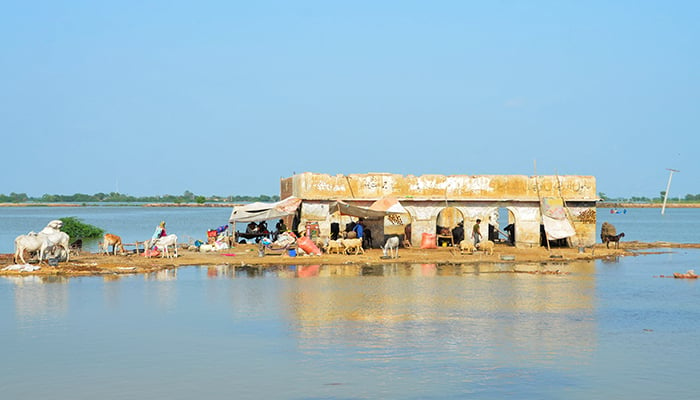
Iqbal told the press briefing that Pakistan was facing one of the worst disasters caused by climate change and it was not to blame for it — as the country only emits 1% of carbon emissions, but is the seventh most vulnerable to climate catastrophes.
Rainfall over 500% above the normal mark has unleashed devastating floods across the country, he said, adding that over one million houses were damaged due to the floods.
The minister said that nearly 5,000km of roads were damaged, with the situation bleakest in Balochistan.
Nearly 10 days back, 14 critical highways that connect Balochistan to the rest of the country and are crucial for the economy, were not accessible due to heavy flooding, he said.
"I am pleased to say that our the National High Authority, engineers from the armed forces, and the civil administration cleared 11 of the critical highways," he said, with continuous works underway to clear the remaining three.
The planning minister said that despite the intensity of the calamity, the authorities and institutions were working to ensure that connectivity is restored across the country.
Iqbal said that 81 grid stations were non-functional in the last 15 days, but after the expedited work, 69 have been restored and 12 will be functional soon — leading to the restoration of electricity in several parts of the country.
The federal minister said that 881 feeders were affected in some way or the other, resulting in the disruption of electricity. Among them, 758 have been made functional and 123 will be restored later.
Eight transmission lines were hampered, causing power outages, especially in Balochistan, he said, adding that six have been restored, while the rest will be restored soon.
Disruption in telecommunication
The planning minister said that 3,500 telecommunication towers were damaged, which caused disruption in communication.
Services were down in the flood-hit areas for several days in the initial phase of the flooding, hampering rescue works as well, he said.
"Now, only 600 are non-functional, while the rest are fully functional."
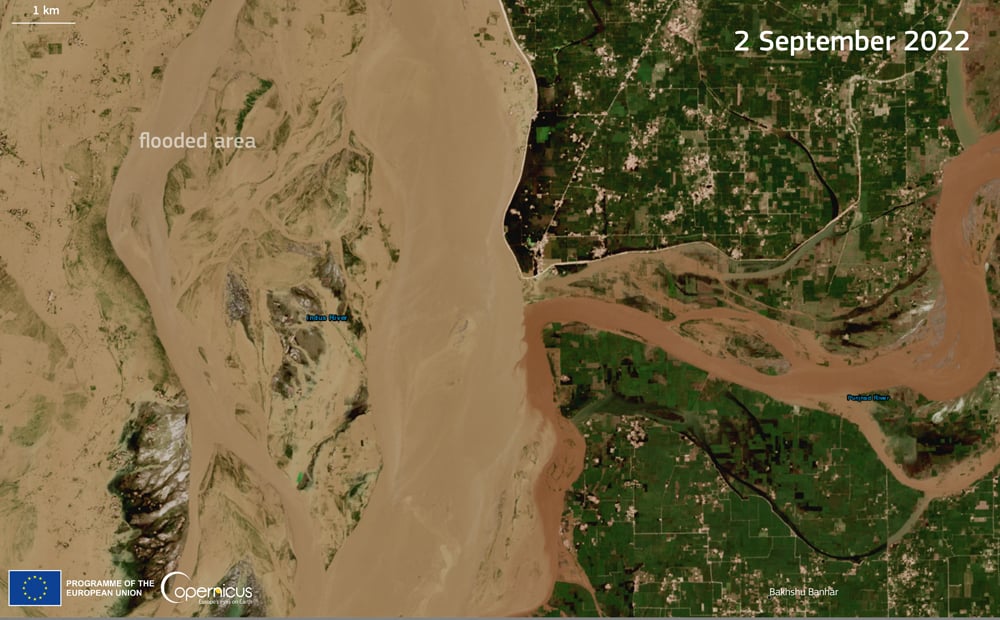
He added that Prime Minister Shehbaz Sharif has directed authorities to ensure that the remaining telecommunication towers — 2,900 — are restored within the next 48 hours.
The planning minister said that the Pakistan Telecommunication Authority (PTCL) is working with relevant companies to make sure that the communication lines are restored at the earliest.
Meanwhile, in a statement, the Pakistan Telecommunication Authority (PTA) said that continued efforts to restore connectivity in flood-affected areas have resulted in a further reduction of affected mobile site count across the country to 568 (less than 1.1 % of total sites).
Eighty more sites have been restored in the last 24 hours and work is in progress for the complete restoration of telecom services in other areas on top priority, the PTA said.
The sites currently non-functional are mostly inaccessible and underwater due to floods, the statement said, adding “combined efforts are being made with respective civil and military authorities for access to underwater sites and dewatering”.
Floods and torrential rains had extensively damaged telecom infrastructure.
The affected site count was 3,386 (6.55% of the total sites across Pakistan) on August 28, which has been restored through tireless efforts by the maintenance teams of all telecom operators.
Army's rescue efforts
Briefing the media on rescue and relief efforts by the armed forces, Director-General Inter-Services Public Relations (ISPR) Babar Iftikhar paid rich tribute to Balochistan Corps Commander Lt Gen Sarfraz Ali and others who were martyred in a helicopter crash while serving the nation amid floods.
Corps commander conferences held in July and August reaffirmed commitment to provide all possible help to flood affectees and Chief of Army Staff General Qamar Javed Bajwa gave special directions in this regard, he added.
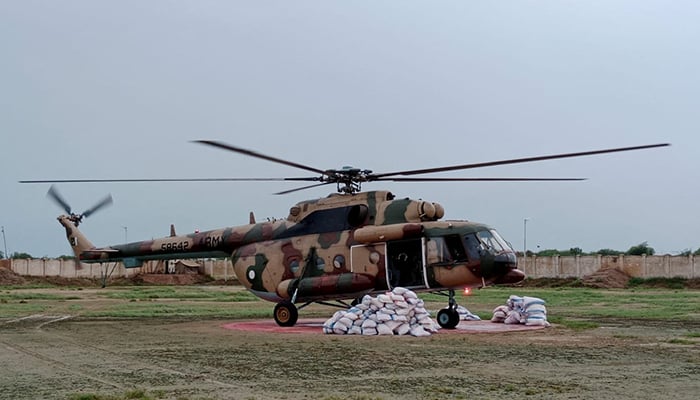
“The army chief visited flood-affected areas and monitored the rescue operations,” the spokesperson said, adding that the army officials rescued people despite bad weather and other challenges.
“Army set up 147 relief camps across the country [to facilitate the flood victims],” Babar Iftikhar added. He maintained that 50,000 people were given relief in the camps.
Pakistan Air Force rescued over 1,521 people trapped in the floods, the military’s spokesperson said.
Urging people and philanthropists to donate to the flood victims, the army spokesperson said that 284 flood relief collection points have been established across the country.
Change in monsoon pattern
Chairman National Disaster Management Authority (NDMA) Lieutenant General Akhtar Nawaz said that monsoon rains began almost three weeks before their expected schedule and they were "unprecedented".
The NDMA chairman said that heavy rainfall was expected, but the downpour was exponentially above the forecast, resulting in extreme flooding across the country.
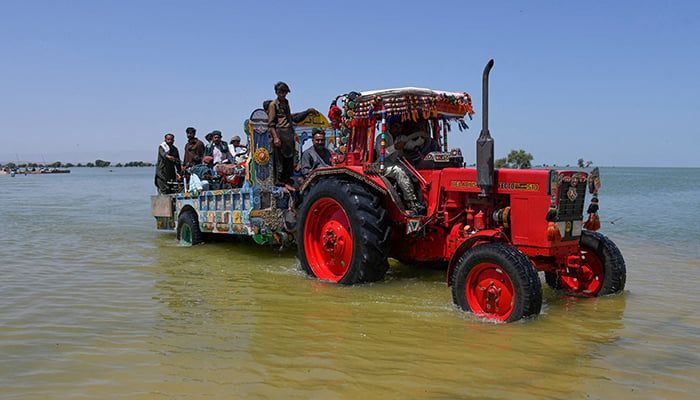
The rains — which were to occur in Khyber Pakhtunkhwa, Azad Kashmir, and northern areas — shifted from their traditional routes and occurred in Balochistan's eastern areas, Southern KP, Punjab's DG Khan and Rajanpur, and across Sindh.
"The rains were extremely heavy in Sindh, which led to an unprecedented situation," he said.
Update on Karakoram Highway
- Thakot to Kayal Bridge: Two-way open for all types of traffic;
- Kayal Bridge: One-way open for light and medium vehicles (up to 6-wheel trucks/bowzers up to 10 tons);
- Zaid Khwar: One-way open since 2350 hours last night for light and medium vehicles (up to 6-wheel trucks bowzers up to 10 tons);
- Uchaar Nullah: Two-way open for all types of traffic (through diversion);
- Sommer Nullah Bridge: Two-way open for light traffic only (restoration of heavy traffic will be possible hopefully by September 4);
- Sazin to Khunjrab: Two-way open for all types of traffic;
- The authorities have advised commuters and especially cargo drivers are advised to exercise extreme caution while crossing Uchhar Nullah, Kayal Bridge and Zaid Khwar area.




